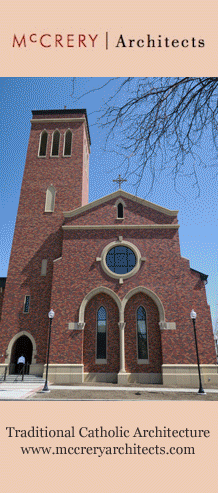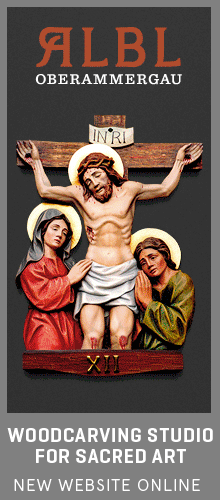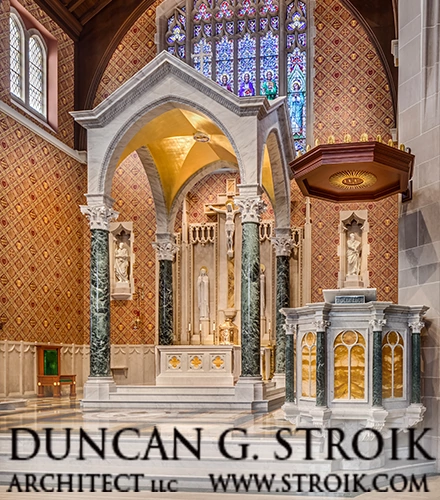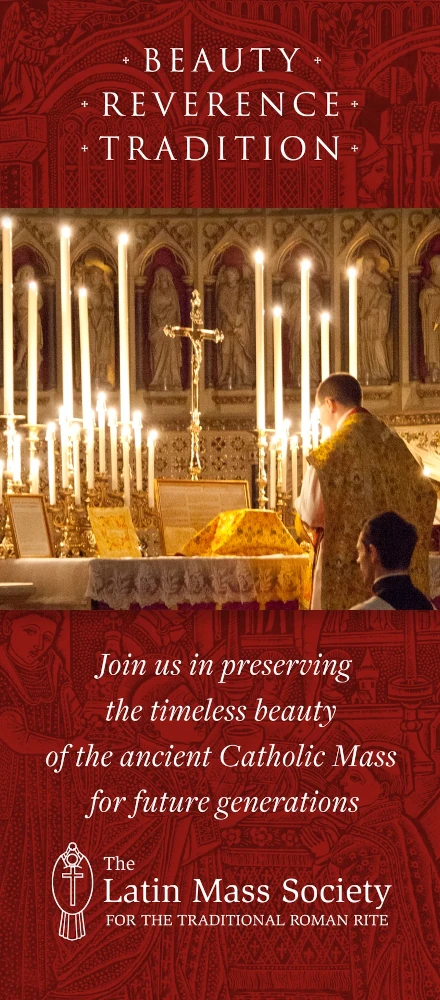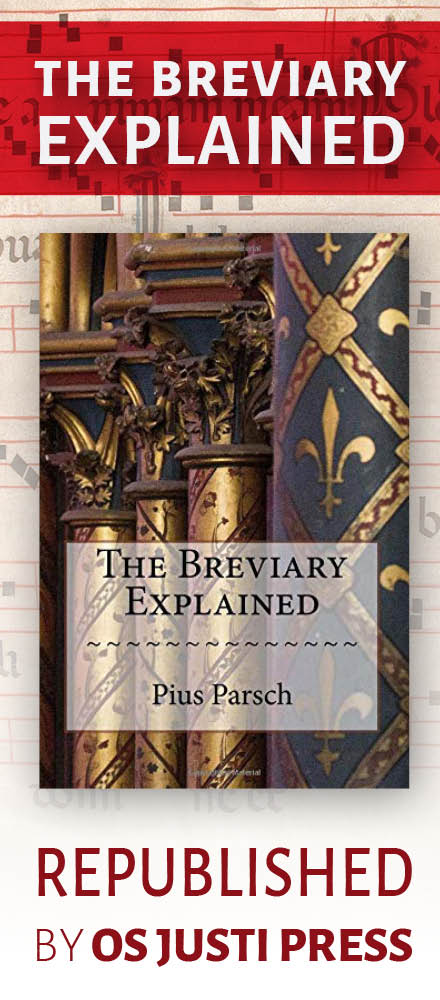From the Catholic Encyclopedia:
The seven antiphons to the Magnificat in the ferial Office of the seven days preceeding the vigil of Christmas; so called because all begin with the interjection "O". Their opening words are: (1) "O Sapientia", (2) "O Adonai", (3) "O Radix Jesse", (4) "O Clavis David", (5) "O Oriens", (6) "O Rex Gentium", (7) "O Emmanuel".
Addressed to Christ under one or other of His Scriptural titles, they conclude with a distinct petition to the coming Lord (e. g.: "O Wisdom … come and teach us the way of prudence"; "O Adonai … come and redeem us by thy outstretched arm"; "O Key of David … come and lead from prison the captive sitting in darkness and in the shadow of death" etc.).
Couched in a poetic and Scriptural phraseology they constitute a notable feature of the Advent Offices. These seven antiphons are found in the Roman Breviary; but other medieval Breviaries added (1) "O virgo virginum quomodo fiet" (2) "O Gabriel, nuntius cœlorum", subsequently replaced, almost universally, by the thirteenth-century antiphon, "O Thoma Didyme", for the feast of the Apostle St. Thomas (21 December).
Some medieval churches had twelve greater antiphons, adding to the above (1) "O Rex Pacifice", (2) "O Mundi Domina", (3) "O Hierusalem", addressed respectively to Our Lord, Our Lady, and Jerusalem.
The Parisian Rite added two antiphons ("O sancte sanctorum" and "O pastor Israel") to the seven of the Roman Rite and began the recitation of the nine on the 15th of December.
Prose renderings of the Roman Breviary O's will be found in the Marquess of Bute's translation of the Roman Breviary (winter volume). Guéranger remarks that the antiphons were appropriately assigned to the Vesper Hour because the Saviour came in the evening hour of the world (vergente mundi vespere, as the Church sings) and that they were attached to the Magnificat to honour her through whom He came.
[The following isn't from the Catholic Encyclopedia, but of interest:] Some surmise that the Benedictine monks arranged these antiphons with a definite purpose. If one starts with the last title and takes the first letter of each of the O Antiphons - Emmanuel, Rex, Oriens, Clavis, Radix, Adonai, Sapientia - the Latin words ero cras are formed, meaning, “Tomorrow, I will come.”
Monday, December 18, 2006
A little more about the O Antiphons
Shawn TribeMore recent articles:
Music for Lent: The Media VitaGregory DiPippo
The hour of Compline is far more variable in the Dominican Office than in the Roman, often changing the antiphon of the psalms, the hymn, and the antiphon of the Nunc dimittis. This was true of most medieval Uses, and especialy in Lent, a season in which the Dominican Use brings forth some its best treasures. The most famous of these is certainly ...
Tenebrae: The Church’s “Office of the Dead” for Christ Crucified Jennifer Donelson-Nowicka
The Catholic Institute of Sacred Music cordially invites you to the final event of its 2024–2025 Public Lecture and Concert Series.Tenebrae: The Church’s “Office of the Dead” for Christ CrucifiedLecture by James Monti (Dunwoodie, New York)Saturday, April 12, 10:00 a.m. PDT (1 p.m. EDT)From at least as far back as the sixth century, the Church has b...
The Twentieth Anniversary of the Death of Pope St John Paul IIGregory DiPippo
Today marks the twentieth anniversary of the death of Pope St John Paul II, whose reign of almost 26½ years is the third longest in history, after those of St Peter (traditionally said to be 32 years, one less than Our Lord’s earthy life), and Blessed Pius IX (31 years and nearly 8 months.) In the days leading up to his funeral, roughly 4 million p...
On the Sanctification of TimePeter Kwasniewski
In “Processing through the Courts of the Great King,” I spoke of how the many courtyards and chambers of the King’s palace prior to his throne room, or the many precincts and rooms of the Temple leading up to the Holy of Holies, could be a metaphor of a healthy Catholic spiritual life that culminates in the Holy Sacrifice of the Mass, but surrounds...
“Now About the Midst of the Feast” - Christ the Teacher in the Liturgy of LentGregory DiPippo
Today’s Gospel in the Roman Rite, John 7, 14-31, begins with the words “Now about the midst of the feast”, referring to the feast of Tabernacles, which St John had previously mentioned in verse 2 of the same chapter. And indeed, the whole of this chapter is set within the context of this feast.The Expulsion of the Money-Changers from the Temple, th...
The Apple of Her EyeDavid Clayton
“The Lord God planted a garden in Eden, which is in the east, and there he put the man he had fashioned. From the soil, the Lord God caused to grow every kind of tree, enticing to look at and good to eat, with the tree of life in the middle of the garden, and the tree of the knowledge of good and evil.” (Gen. 2, 8-9) This 17th century painting...
The Exposition of the Holy Lance at St Peter’s BasilicaGregory DiPippo
The YouTube channel of EWTN recently published a video about the exposition of the Holy Lance at St Peter’s basilica on the first Saturday of Lent. This was formerly done on the Ember Friday, which was long kept as the feast of the Holy Lance and Nails, but since this feast is no longer observed, the exposition of the relic has been transferred to ...
The Feast and Sunday of St John ClimacusGregory DiPippo
In the Byzantine liturgy, each of the Sundays of Lent has a special commemoration attached to it. The first Sunday is known as the Sunday of Orthodoxy, because it commemorates the defeat of iconoclasm and the restoration of the orthodox belief in the use of icons; many churches have a procession in which the clergy and faithful carry the icons, as...
The Story of Susanna in the Liturgy of LentGregory DiPippo
In the Roman Rite, the story of Susanna is read as the epistle of Saturday of the third week of Lent, the longest epistle of the entire year. This episode is not in the Hebrew text of Daniel, but in the manuscripts of the Septuagint, it appears as the beginning of the book, probably because in verse 45 Daniel is called a “younger man”, whic...
A New Edition of the Monastic Breviary Available SoonGregory DiPippo
The printing house of the Monastère Saint-Benoît in Brignole, France, Éditions Pax inter Spinas, is pleased to announce the re-publication of the two volumes of the last edition (1963) of the traditional Latin Monastic Breviary.The Breviary contains all that is necessary to pray the complete Monastic Divine Office of Matins, Lauds, Prime, Terce, S...


